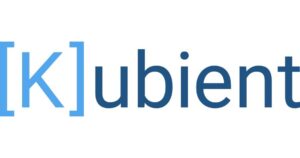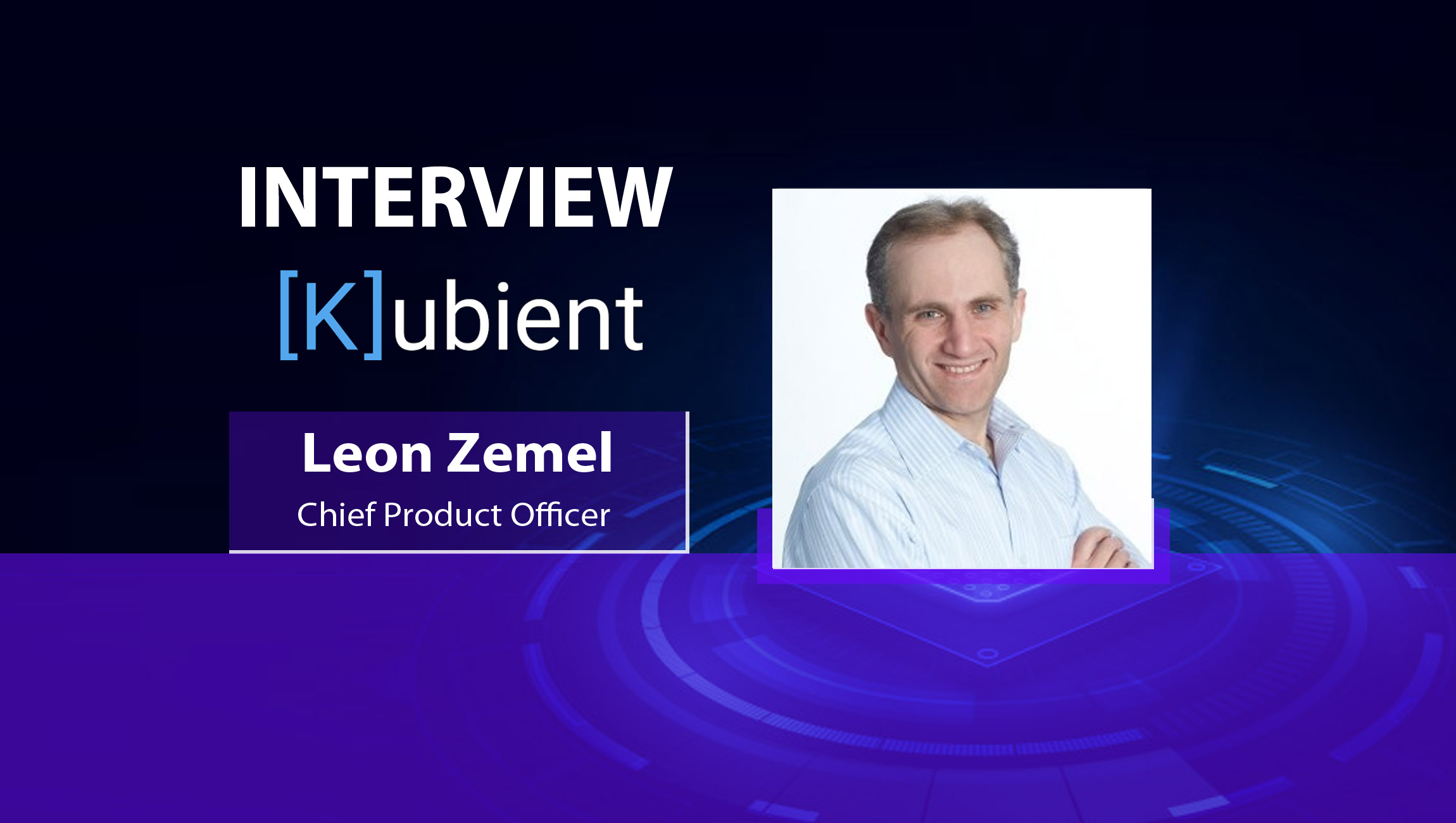MarTech Series caught up with Leon Zemel, Chief Product Officer at Kubient to talk about the increasing incidence of ad fraud in today’s digital marketplace and how newer adtech solutions will help solve growing advertiser challenges despite it: ______ At Kubient, I am the Chief Product Officer, responsible for the strategy, development, and innovation of our products and offerings. Most recently I was the Senior Vice President of Programmatic and Platform Product and led all programmatic products at DoubleVerify. I’ve had a more than 20 year career within the ad tech industry and as a senior executive at x+1, I helped the development of one of the first demand side platforms (“DSPs”) and Data Management Platforms (“DMPs”) scaling the company’s technical products before it was acquired for $230MM. KAI (Kubient Artificial Intelligence) is our leading fraud detection tool responsible for identifying fraudulent actors through pattern recognition and device scoring in real-time. Our algorithm analyzes consistency and quality of transactions to determine media inventory and audience credibility – and identifies fraud within 10 milliseconds to ensure no latency in a programmatic advertising auction. KAI has been hailed by industry thought leaders, supply side partners (SSPs), demand side partners (DSPs), and major advertisers who, after years of talking about the problem of ad fraud, want to find smart and effective ways to eliminate it. In our most recent report on ad fraud which looks at our KAI platform from the first six months of 2021, close to 30% of fraudulent bid requests came from CTV inventory. Despite all CTV being perceived as premium from the onset, we’ve seen and experienced CTV being just as susceptible to ad fraud, if not even more susceptible than other channels. This is because audiences are flocking to CTV, which means ad dollars have followed. As more campaigns and marketers think with a CTV first mindset, fraudsters have found ways to trick brands into bidding on fraudulent traffic, disguising them as premium inventory. It’s critical for advertisers to be able to identify every step in the supply chain between a person seeing a publisher’s ad slot all the way to their ad being served. Therefore, the first step is to ensure that it’s an actual person visiting the publisher’s page before even bidding on the ad impression, by using pre-bid fraud avoidance. With more resources being allocated to pre-bid and overall fraud detection technologies, it’s easier to implement and manage than ever before. After implementing pre-bid fraud avoidance, advertisers should focus on cutting down on the amount of vendors and resellers they work with, ensuring that each vendor has rights to represent the inventory and is making its fees transparent. By doing so, this increases the amount of each advertising dollar going towards working media and making its way to the publisher that generates the impression. In addition, it minimizes the chances of working with bad actors in the space trying to profit off of fraudulent traffic. Transparency has always been a top priority for Kubient, as well as ensuring a fraud-free programmatic environment. At Kubient, we’ve been close to AI innovations, particularly around how AI can impact real-time decisions that take place before ads are purchased and don’t rely on postbid measurement and feedback, thereby driving significant efficiencies for advertisers. AI will continue to expand how our industry handles prebid decisions around audience, context, and performance. Blockchain and Hyperledger have not yet lived up to the original hype but we do think that at some point over the next few years this technology will be key to driving a clean, transparent marketplace. For now, the IAB has shown great leadership on pushing ads.txt, sellers.JSON, supply-chain objects to help evolve the industry further, towards that clear marketplace goal. Ecommerce, specifically Amazon with their obvious supply chain and customer scale has shown the way for the industry towards a more e-commerce driven advertising model. There are many companies that are innovating ways to facilitate consumers going from seeing an ad to conducting a measurable ecommerce transaction. Fraud will always exist – unfortunately it always looms one step behind our technologies. However, AI has continued to improve exponentially year after year, cutting down on ad fraud by detecting bad actors and emerging schemes through pattern detection and recognition. Marketers looking to execute campaigns on CTV must be critical of the partners they leverage to place bids, because if not, they could become open to buying fraudulent traffic because their partners aren’t taking the necessary steps to detect it and thus wasting ad spend. Consumer engagement – at the end of the day, this is what advertisers are trying to accomplish and shouldn’t be lost in the technology picture. As CTV continues to emerge, there will be new ways and formats to engage with consumers. Similar trends happened in display and mobile with things like native but CTV with its more engaging and interactive format will lead to way more innovative advertising formats, including ways for consumers to transact, which hasn’t been the case as much in linear TV. Cookie deprecation and regulation (privacy and antitrust) – these have been the top profile issue being discussed in the industry and they will most likely push two or more potentially separate tech ecosystems. There will likely be a collectively gathered and opted-in user environment with more direct marketing technologies and measurement and then a more anonymized environment where engagement and higher level audience categorization will drive how advertising is conducted. In addition to privacy, the regulations around trade for the major players (i.e.,Google, Facebook, Amazon, etc.) will play a major role in how the digital industry evolves towards closed or open environments. Some of the best data scientists work within our field, helping to innovate and create some of the greatest AI technologies. Implementing AI is enabling us to automate fraud detection, because the technology learns from our own detection, as well as each time the program catches fraudulent traffic. By automating the process and coupling that with the human element and data scientists, we’re able to more accurately assess potential ad fraud in real time, at the speed media is bought and sold in the digital space. Marketing Technology News: MarTech Interview with Jason Brown, Addressable Advertising Lead for WarnerMedia Ad Sales Leon Zemel is the Chief Product Officer at KubientWelcome to this MarTech Series chat Leon, we’d love to hear more about your journey and your role at Kubient…
Tell us more about the Kubient ad fraud detection tool and how tools like this help solve ad fraud related concerns for today’s digital advertisers?
Can you talk about the ways in which online ad frauds have been evolving and what in your view marketers and advertisers need to be looking at to limit this?
Can you talk about the best ways in which advertisers can optimize how they handle programmatic ad auctions today?
A few thoughts on the evolving ad tech market from the global martech-adtech marketplace, a few innovations that have stood out in your view and why?
How will programmatic ad trends and programmatic ad solutions evolve in future?
A few comments on the growing power and benefits of AI in this space?
 Kubient is a technology company with a mission to transform the digital advertising industry with a transparent, fraud free audience marketplace. The Kubient Audience Cloud is a flexible open marketplace for advertisers and publishers to reach, monetize and connect their audiences. The Company’s platform provides a transparent programmatic environment with proprietary artificial intelligence-powered pre-bid ad fraud prevention, and proprietary real-time bidding (RTB) marketplace automation for the digital out of home industry.
Kubient is a technology company with a mission to transform the digital advertising industry with a transparent, fraud free audience marketplace. The Kubient Audience Cloud is a flexible open marketplace for advertisers and publishers to reach, monetize and connect their audiences. The Company’s platform provides a transparent programmatic environment with proprietary artificial intelligence-powered pre-bid ad fraud prevention, and proprietary real-time bidding (RTB) marketplace automation for the digital out of home industry.
Catch our Latest Episodes of The SalesStar Podcast!
Episode 97: B2B Marketing Trends And The Changing Face Of The B2B CMO: With Dave Dabbah, CMO, CleverTap
Episode 96: B2B Sales Intelligence Trends And Best Practices With James Isilay, CEO At Cognism
Episode 95: Enterprise Sales Best Practices With Damien Swendsen, VP Sales At InsideView











